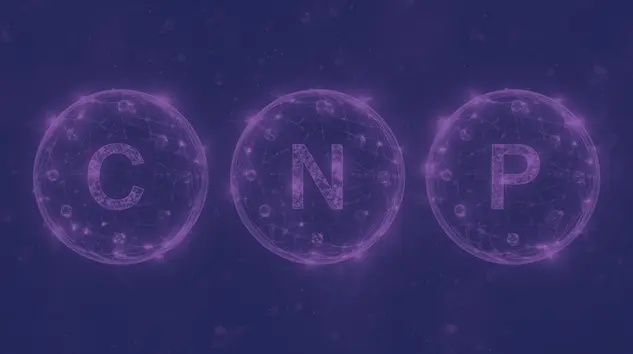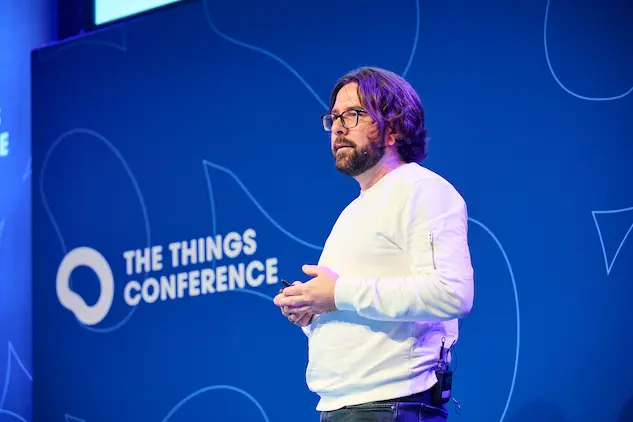Rethinking materials in the post-extractive era
As the world seeks pathways out of the ecological and resource extraction crisis, biodesign is emerging as one of the most ethical and innovative interdisciplinary fields. In this context, biodesign in the Balkans represents a timely and transformative approach that aligns with regenerative, nature-based innovation. Rooted in symbiosis with nature, rather than exploitation, biodesign leverages the unique capabilities of living organisms—such as bacteria (Komagataeibacter xylinus), algae (Chlorella vulgaris), fungi (Ganoderma lucidum, Pleurotus ostreatus), and organic waste (e.g., eggshells, coffee grounds, agricultural residues)—to create high-performance, biodegradable materials.

Unlike traditional production methods, biodesign operates through biofabrication, regeneration, and bioethics. These non-sentient organisms are co-creators in the material-making process, yielding bacterial cellulose, mycelium panels, and bioplastics. Internationally, companies like Notpla (UK), which uses brown algae (Ascophyllum nodosum) to produce compostable packaging without microplastics, or MycoWorks (USA), which develops mycelium-based leather alternatives, exemplify a growing global movement toward bio-inspired innovation.
The Balkan paradox: resource rich, system poor
Despite its abundant bioresources, the Balkan region faces a critical gap in systemic valorization. According to the European Environment Agency, biowaste accounts for 26–58% of municipal waste in the Western Balkans, yet structured separation and processing systems are virtually nonexistent. Food waste comprises about 60% of this share.
This biologically rich waste stream—containing valuable substances such as cellulose, calcium carbonate, lignin, and polyphenols—remains largely untapped. These elements are essential raw materials for biodesign and regenerative materials development.

Emerging biodesign practices in the region
Despite systemic challenges, pioneering examples are emerging across the Balkans that highlight a nascent but promising biodesign ecosystem:
- Bosnia and Herzegovina: Biocandle, an award-winning experimental biomaterial made from eggshells, showcases local innovation potential.
- Regional Initiative: Bio Awakening, a cross-border project, supports bio-art practices and sustainability education through the use of living materials.
- Serbia: Over $190,000 in funding has been allocated via public-private partnerships to support biodegradable material innovation within the circular economy framework.
- Croatia: Earthbound Sneakers uses a bio-based nanocoating to create eco-conscious footwear free from harmful chemicals.
These initiatives reveal a regional trend toward transdisciplinary collaboration—where science, design, art, and industry converge to build the foundation for biodesign in the Balkans.
What’s needed for a biodesign in the Balkans breakthrough?
To scale up biodesign as a strategic development path in Southeast Europe, coordinated action is needed at multiple levels. The following steps are recommended:
- Establish regional bio-labs linked to universities and municipal systems.
- Implement legal frameworks for experimental use of biowaste, including bioethical and biosafety protocols.
- Develop databases of local bioresources suitable for regenerative applications.
- Introduce interdisciplinary curricula combining biology, design, and material science.
Additionally, the creation of local biohubs and a public registry of bio-innovations could strengthen regional visibility and collaboration, driving both education and entrepreneurship.

The time is now: Balkan biodesign on the global stage
The global market for bio-based materials was valued at $79 billion USD in 2023, with forecasts projecting growth to nearly $107 billion by 2029, at a compound annual growth rate (CAGR) of over 22%. This rapid expansion—driven by ecological awareness and demand for sustainable alternatives—proves that biodesign is not only viable but vital.
With its rich natural base and rising creative momentum, the Balkan region has a unique opportunity to position itself as a key biodesign hub in Southeast Europe. What’s needed now is the activation of knowledge, legislation, and education to match the resource potential.
Biodesign in the Balkans could become both a symbol and a strategy for regenerative futures—locally rooted, globally relevant.
About the author: Maja Halilović, biodesigner.
You can read more about sustainable development issues in the Balkans here


